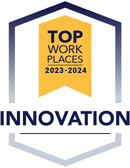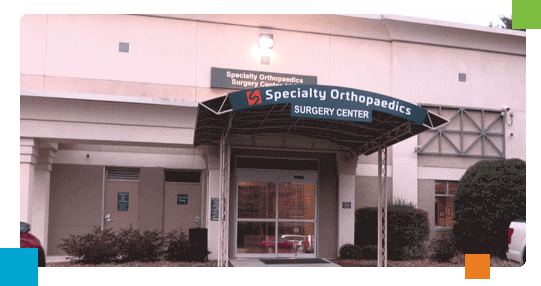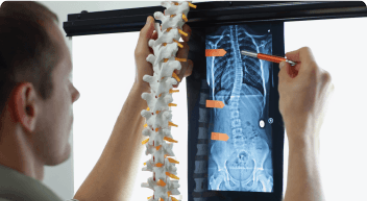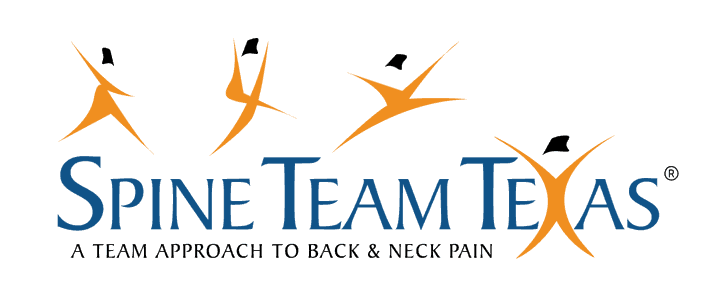172.19.89.227
https://www.sisfirst.com/sis-client-stories-specialty-ortho
SIS Client Stories - Specialty Orthopaedics SIS Complete
-
The Nuts & Bolts of a Successful ASC Self-Pay Program
Learn the key components of a successful self-pay program, including how to best determine prices; develop policies; collect from patients; educate patients, surgeons, and staff; and market the program.
 From Identification to Response: Navigating an ASC Cyberattack
From Identification to Response: Navigating an ASC CyberattackThis webinar simulates a real-world cyber attack on an ASC where an incident response team is responsible for making critical decisions. Walk through the potential responses, weigh your options, and leave with a better understanding of how to navigate a cyber attack in a healthcare setting!
















-1.png?width=300&name=SIS-India-Hero-2022-no-background%20(2)-1.png)



.png?width=133&height=60&name=tablogo5%20(1).png)


